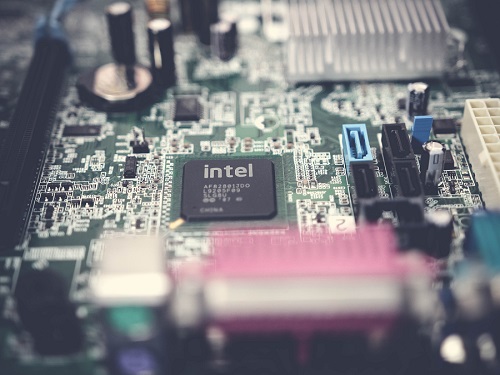
For a Few Bits More
On June 8th, 1978, a technological milestone was born, significantly shaping the future of computing because this was the day that marked the introduction of the Intel 8086, Intel’s inaugural 16-bit microprocessor.
In the world of computing and microprocessors, the term “bit” signifies the basic units of data a processor can process simultaneously. Transitioning from 8-bit to 16-bit didn’t just signify a capacity increase; it represented an astronomical leap in intricacy and performance. This increase in bit-capacity enabled the processor to manage larger numbers, increased memory, and execute faster computations. 8 Bit processors were dominant for around a decade in the 70’s. By comparison, modern computers are typically running 32 or 64 bit processors. Incredibly, a 16 bit processor was first introduced by MIT as early as 1951 however this used vacuum tubes!
Intel, the mastermind behind this ground-breaking technology, wasn’t alone in the competition. It faced significant challenges from emerging tech-titans, like Texas Instruments, Motorola and Zilog. Texas Instruments launched their 26 bit version 2 years earlier.
Intriguingly, it was software, rather than hardware, that provided Intel with a competitive edge. Morse and his team engineered the 8086 with backward compatibility, implying it could operate software developed for the preceding 8-bit processors. This ingenious strategy not only conserved developers’ precious time but also opened a galaxy of opportunities.
Initially, the commercial world overlooked the monumental significance of this invention. However, the processor soon silenced its doubters. The 8086 laid the foundations for the x86 architecture, which continues to be the backbone of a multitude of today’s computers, from the unpretentious personal computer to powerful servers powering the internet, the legacy of the 8086 is ever-present.
In the rapidly progressing tech ecosystem, chances for development and innovation frequently stem from collaboration and strategic alliances. To reiterate, a key step in Morse’s breakthrough was built upon the understanding of existing 8-bit software so that the 16-bit processor could be backwardly compatible. In light of this, an you think of how you can make your products/services more compatible with other providers’ offerings?




